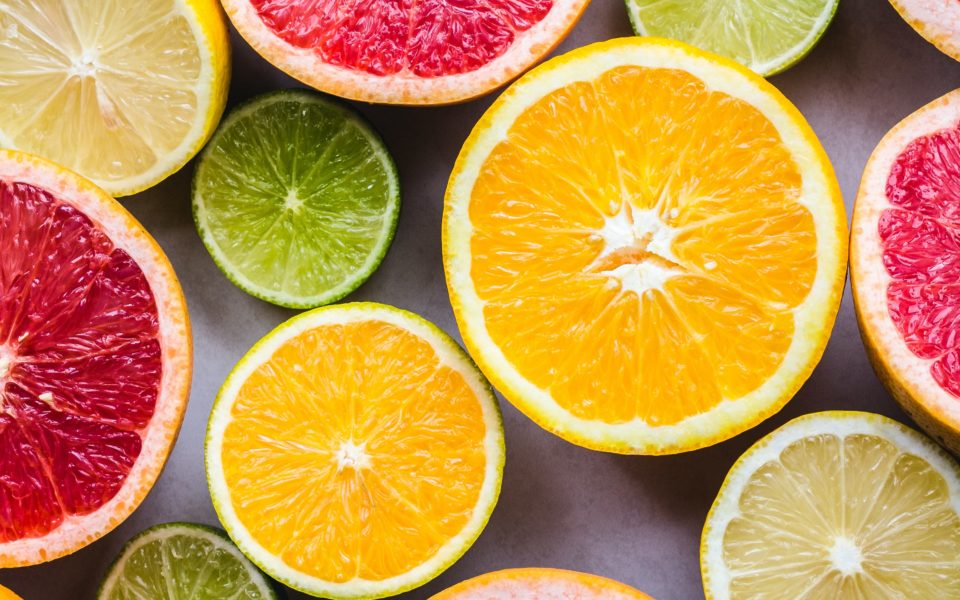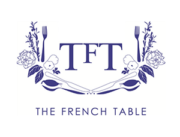Nutrition and Inflammation

Inflammation is a normal mechanism in our body that occurs when the body is under stress like physical injury, exposure to toxic compounds or a viral or bacterial infection.
Inflammation isn’t always a bad thing, it depends on the type of inflammation. There are 2 types: acute inflammation and chronic inflammation.
Types of inflammation
Acute inflammation is known as the rapid response our body has to injury. This usually presents as redness and swelling that you’ve probably seen before. This type of inflammation is extremely important and shows that our immune system is functioning well.
On the other hand, chronic inflammation occurs when our immune system is always active, maybe at lower levels than with acute inflammation. This has a massive impact on overall health. Through our dietary intake, we want to work towards preventing and treating chronic inflammation with nutrients in the food we eat.
Many chronic diseases have an underlying cause of inflammation, so reducing inflammation overtime with dietary and lifestyle changes will help prevent that chronic inflammation and therefore the potential exacerbation of chronic disease.
Chronic diseases such as obesity, CVD or arthritis all have the underlying cause of inflammation so reducing inflammation is important to protect us from these diseases.
What does inflammation look like in chronic diseases?
Let’s take obesity, for example. Fat cells will start getting larger and larger to the point where they become inflamed and start producing inflammatory messengers that create inflammation at a chronic level throughout the body.
In heart disease, the arterial walls are inflamed, maybe due to years of smoking, high blood pressure related to a high salt diet, or high cholesterol related to a high saturated fat containing foods.
A healthy gut can also protect us against inflammation. If you imagine all of these trillions of bacteria living within our microbiome, these don’t actually manage to hit the cell wall of the gut, because there’s a protective lining that contains them within the gut. This protective living can be weakened by a diet low in fibre or high in saturated fat.
If you actually continue with an inflammatory diet like this, the bacteria will make its way through the gut lining and therefore cause chronic inflammation.
Therefore, it’s important to consider the diet as a whole dietary pattern: high in fibre and low in saturated fat, high in veggies, fruits, legumes, nuts and seeds and low in saturated fat like confectionery.
Pro-inflammatory foods
Diets high in salt, processed sugar and saturated fat can cause inflammation in the body and therefore are called pro-inflammatory foods. Reducing the amount of confectionary and convenience foods that you consume can help reduce those pro-inflammatory foods and reduce and prevent chronic inflammation. Of course, there is a place for these foods to be enjoyed in moderation and as mindful indulgences. However, reducing the amount we consume in the diet by using the traffic light system will indicate if something is low, medium or high in these foods will help fight chronic inflammation.
Anti-inflammatory foods
There are nutrients in the food that we eat that can prevent inflammation from occurring. Reactive oxygen species can be volatile in the body and cause damage to surrounding tissue as well as chronic inflammation. But, we know that antioxidants can prevent or neutralize these reactive oxygen species and help improve overall inflammatory health. Where can we find these antioxidants in the diet?
Vitamin E:
Vitamin E is an antioxidant compound found in nuts, seeds and oils that we consume on a regular basis. It inhibits the production of reactive oxygen species and therefore has strong antioxidant properties.
To incorporate vitamin E into your daily intake, you could have a handful of nuts with a piece of fruits as a mid-afternoon snack.
Vitamin C:
Vitamin C is our next potent antioxidants as it binds to reactive oxygen species and prevents oxidation and inflammation in the body. You can incorporate vitamin C into your diet by slicing fruit on top of breakfast or bringing it to work as a snack. You can also add some red peppers to a salad or as a side dish to your evening meal.
Carotenoids:
Carotenoids can be characterized as any vegetable that is red, orange or yellow. Aim to incorporate an array of these colours into your day to day to ensure you are getting your daily needs of carotenoids.
Selenium:
Brazil nuts are the best source of selenium, with just 1-2 nuts containing your daily recommended intake of selenium. You can add them into your porridge in the morning or snack on it with a piece of fruit.
Polyphenols:
There is a whole array of polyphenols which are very potent in action towards inflammation and are found in just about every plant that we consume. Consuming a variety of different plants throughout the week and meeting your recommended 5 fruits and vegetables per day, you will be getting enough polyphenols in your day.
Green tea or dark chocolate, don’t over consume because of caffeine content keeping you up at night, dark chocolate can be high in sat fat which is inflammatory.
Foods that can treat current inflammation
To conclude this piece about inflammation, let’s discuss the nutrients that can reduce inflammation that may be occurring right now in your body.
Omega 3 is the only nutrients we know to fight to reduce current inflammation happening in your body right now. Omega 3 is a type of polyunsaturated fatty acid that has many health benefits on the heart as well as fighting inflammation.
Omega 3 fats are found in oily fish like salmon, mackerel trout or sardines. To ensure you are getting your recommended intake of oily fish daily, ensure you are consuming 2 portions of fish per week, 1 of which should be oily. If you don’t eat fish, it’s important to consume other sources of omega 3 like chia seeds and flax seeds on a daily basis. You may also want to look into an omega 3 supplement to top up your levels.


















